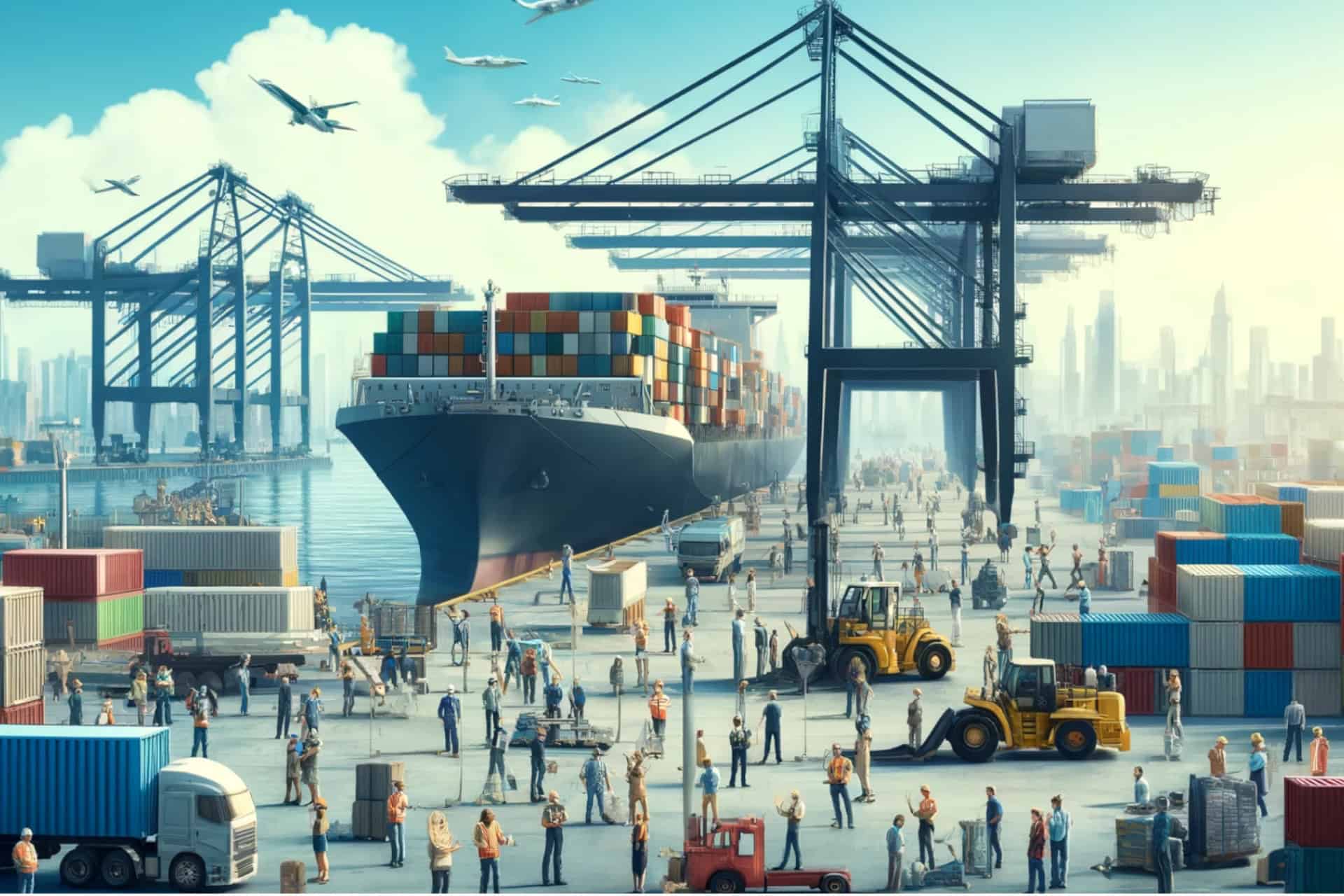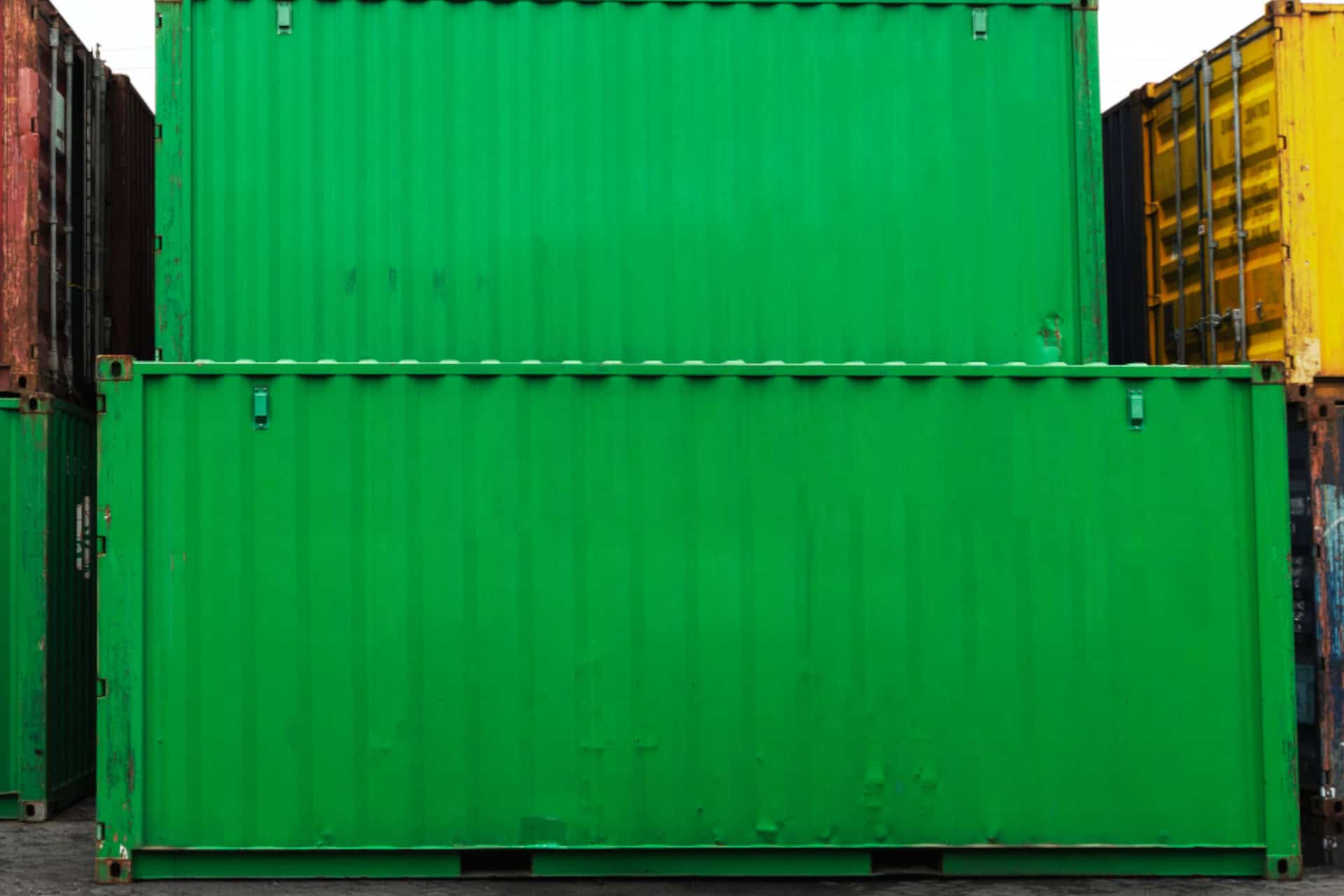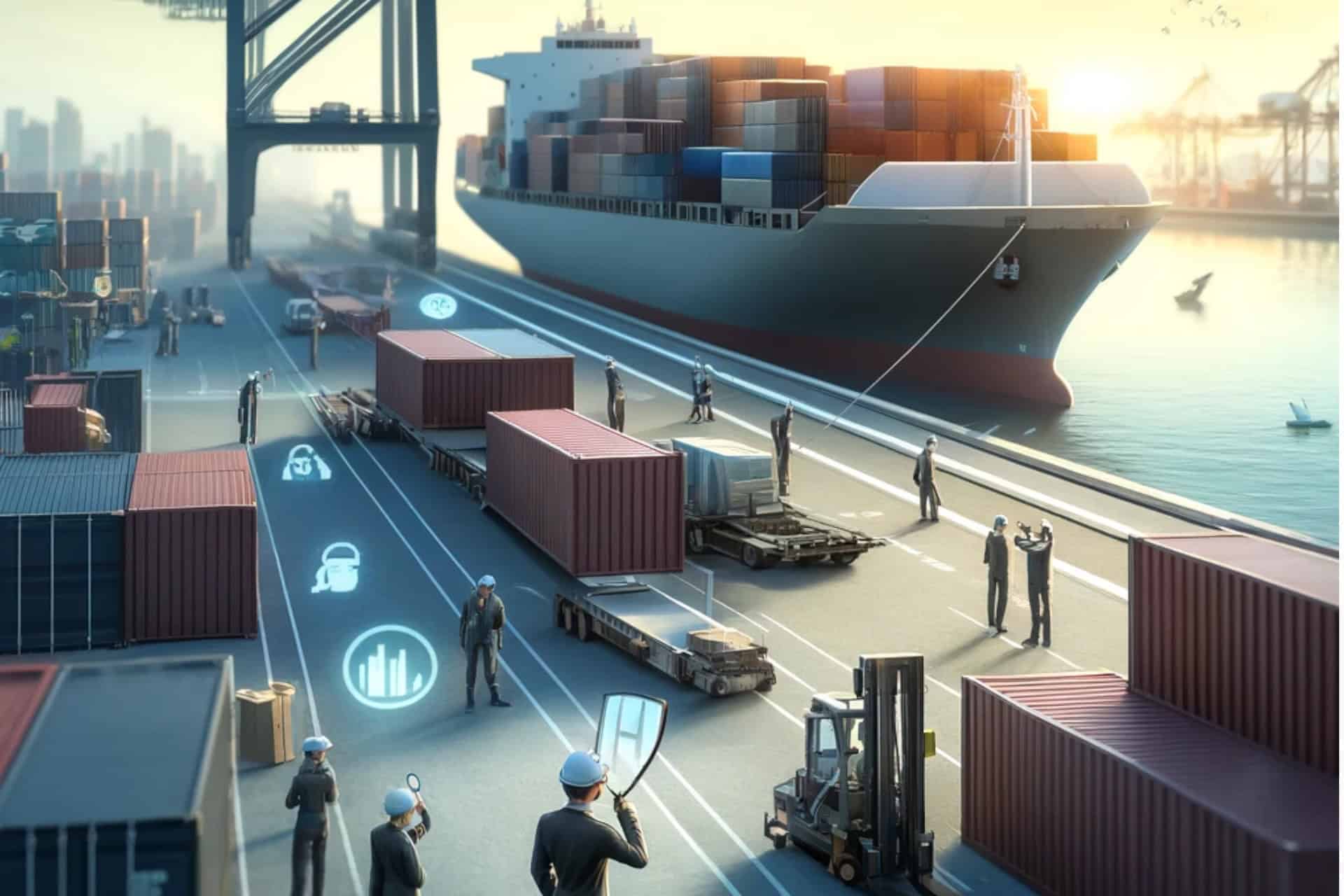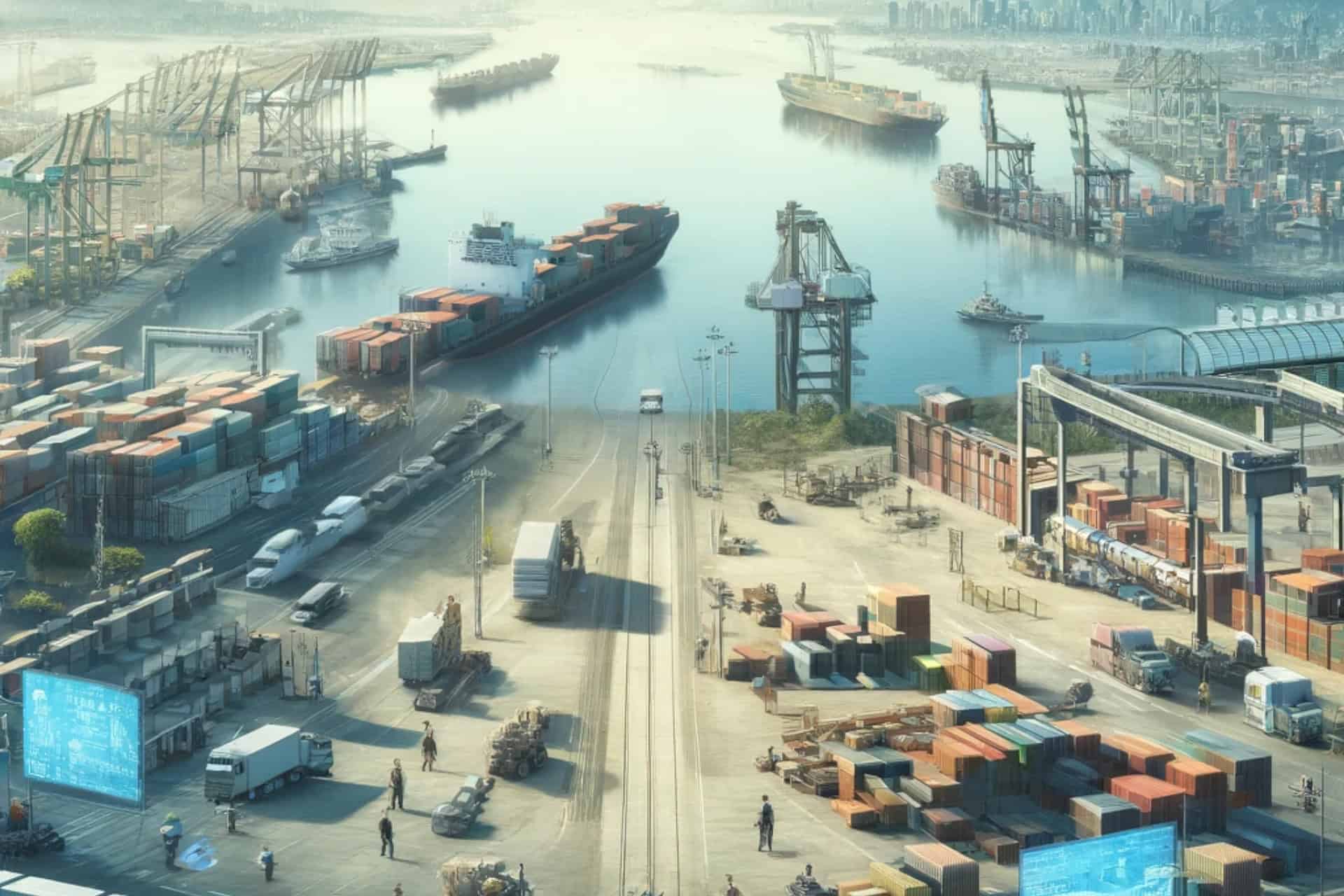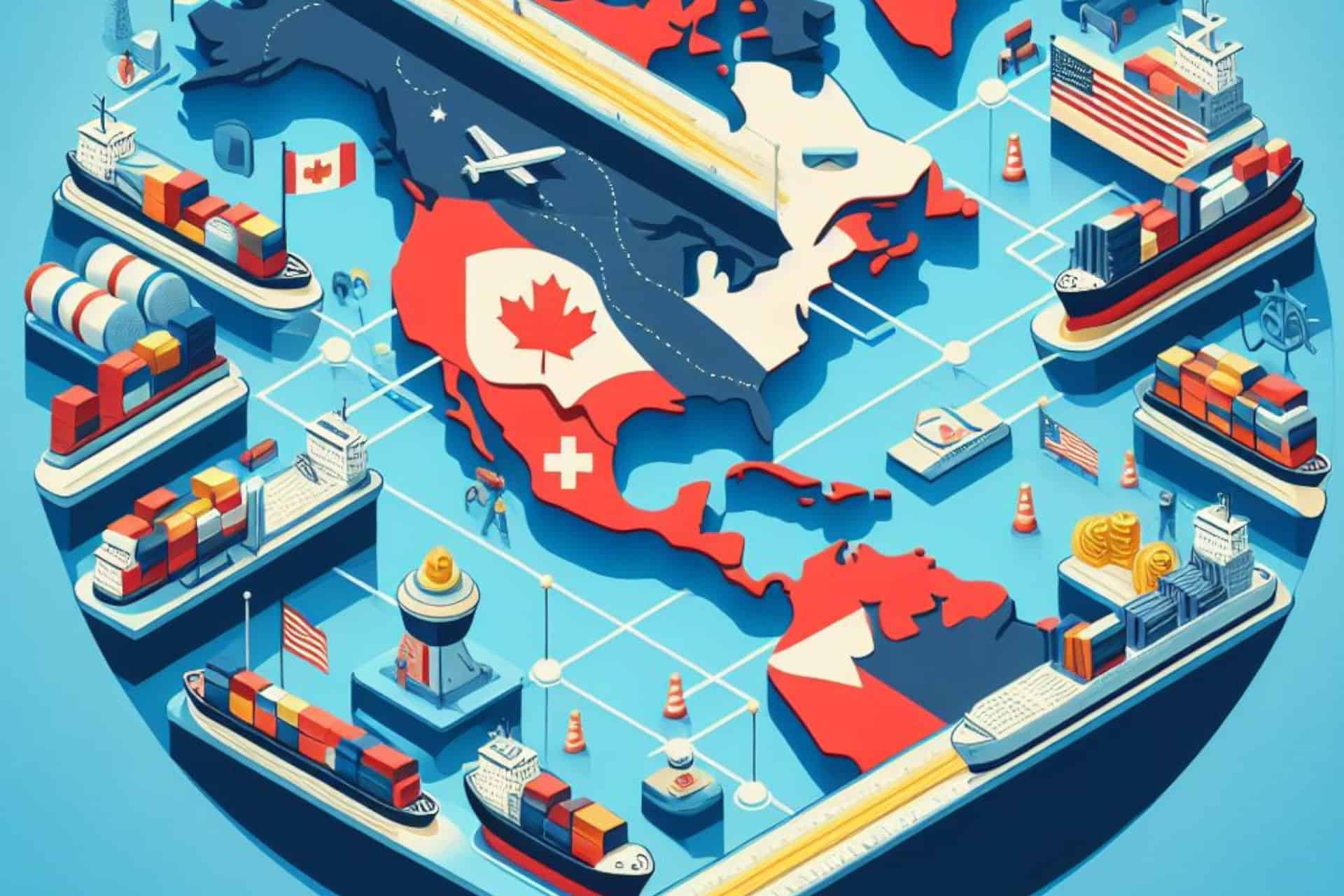Innovations in trade facilitation hold the key to unlocking North America's vast trade potential. By embracing digitalization, harmonizing regulations, investing in infrastructure, prioritizing capacity building, and fostering public-private partnerships, the continent can streamline cross-border transactions and propel economic growth. With a collaborative approach, North America is poised to lead the way in the ever-evolving landscape of global trade.
In an era where global trade dynamics are constantly evolving, North America stands at the forefront as a key player in the international marketplace. From the bustling ports of Los Angeles to the industrious factories of Mexico, the continent pulsates with economic activity. However, amidst this vibrant landscape, there remains ample room for enhancing trade facilitation processes to further propel North America's economic prowess.
Recognizing the significance of efficient trade facilitation, stakeholders across the continent are embarking on innovative initiatives to streamline cross-border transactions, minimize bureaucratic hurdles, and maximize economic benefits. Here's a glimpse into some of the key opportunities shaping the landscape of trade facilitation in North America:
- Digitalization and Paperless Trade: Embracing digital platforms and cutting-edge technologies is paramount in modernizing trade facilitation processes. From electronic documentation systems to blockchain-powered supply chains, digitalization holds the promise of reducing paperwork, enhancing transparency, and expediting customs clearance procedures. Initiatives like the United States-Mexico-Canada Agreement (USMCA) Digital Trade Chapter underscore the commitment to harnessing digital innovations for seamless cross-border trade.
- Harmonization of Regulations: Divergent regulatory frameworks often pose challenges for businesses engaged in cross-border trade. Harmonizing standards and regulations across North American jurisdictions can significantly reduce compliance costs and administrative burdens. Collaborative efforts such as the North American Single Window Initiative aim to harmonize customs procedures, paving the way for smoother trade flows and increased market access.
- Infrastructure Investment: Robust infrastructure is the backbone of efficient trade facilitation. Investments in ports, highways, railways, and border crossings are essential for bolstering connectivity and reducing transit times. Strategic infrastructure projects like the US-Mexico border infrastructure program and the expansion of the North American transportation corridor network are instrumental in enhancing trade efficiency and competitiveness.
- Capacity Building and Training: Empowering stakeholders with the necessary skills and knowledge is vital for optimizing trade facilitation processes. Training programs and capacity-building initiatives tailored to customs officials, logistics professionals, and small businesses can enhance compliance capabilities and foster a culture of efficiency and transparency in cross-border trade operations.
- Public-Private Partnerships (PPPs): Collaboration between governments and the private sector is crucial for driving innovation and investment in trade facilitation. Public-private partnerships can leverage the strengths of both sectors to develop and implement initiatives that address regulatory barriers, improve infrastructure, and enhance trade facilitation services.
By harnessing these opportunities and embracing a collaborative approach, North America can unlock its full trade potential, fostering economic growth, job creation, and prosperity across the continent.
#TradeFacilitation #NorthAmerica #USMCA #Digitalization #Infrastructure #RegulatoryHarmonization #CrossBorderTrade #PublicPrivatePartnerships #EconomicGrowth
Read more views



























